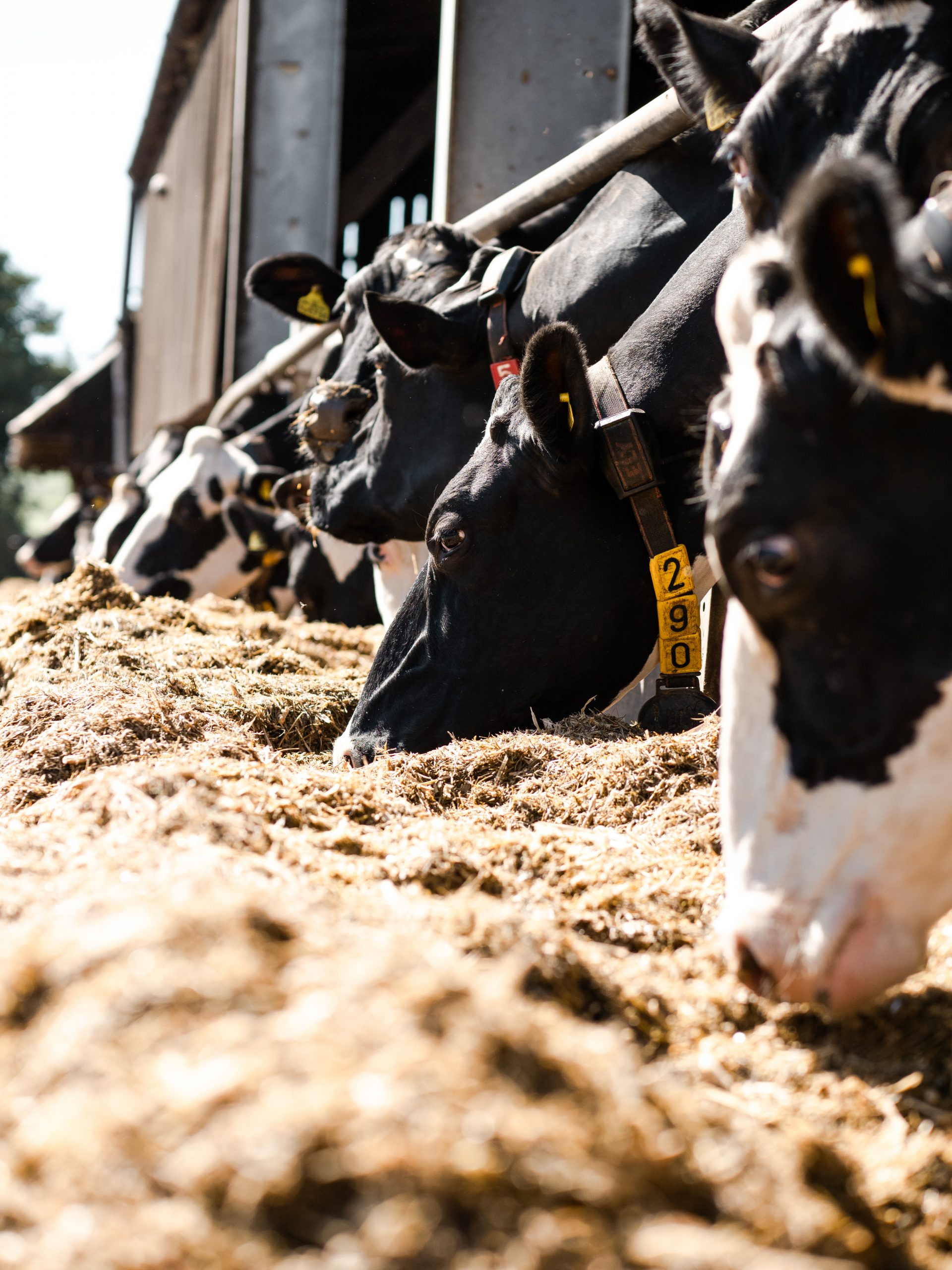As March progresses, we are beginning to see more cows being turned out.
Some farms are committed to the spring block grazing practice and have the infrastructure in
place (tracks, paddocks, water) to really exploit milk from grazing. Other farmers are turning
out at a slower pace with many cows out by day and in at night in the first instance.
In all circumstances, cows are undergoing some significant changes to their diet, their environment and their feeding routine.
The main dietary changes are associated with the type and amount of forage eaten by the cow,
the form it is in and the nutritional characteristics of this forage. This will inevitably lead to reassessing the concentrate components of the diet and selecting the best fit complementary
feed. Balancing and complementing forage is therefore the primary consideration in all cow
rationing, this doesn’t change at grazing.
The balanced diet should therefore be aimed at:
• Achieving the desired cow performance regarding milk yields and milk quality
• Achieving good rumen health to support production and general well being
• Attention to both macro and micronutrient requirements of the cow
In its production the diet needs to consider:
• Assessing how much of each forage type is available to the cow
• How is this presented to the cow during the day
• Evaluating what sort of concentrate is needed and in what quantities to fulfil the cows needs and
maintain the required level of production.


What are we doing to formulate the Specialist grazing diet?
In formulating our grazing diets, we consider the nutritional profile of grass (together with a small
element of buffer feed normally fed). We formulate to the following nutritional parameters:
• 15-16% protein with a spread of protein sources delivering high levels of DUP
• High energy to recognise the reduced feeding level of concentrates in the grazing period
• High levels of utilisable fibre in the form of NDF
• Fatty acids from saturated sources that are known to promote milk fat
• High levels of minerals and trace elements to meet cows needs at reduced feed rates
• Specific considerations of magnesium and calcium required for health (staggers) and milk
production
Raw material inclusion:
In formulating our diets, the specification is always the overriding priority. The raw materials used are
selected for key nutritional reasons and are varied to always ensure there is not the over reliance on a
few ingredients.
Starch sources come from cereals and beans, fibre sources from palm kernel, wheat feed and rice bran
with proteins coming from rape, sunflower, beans, and palm kernel. Palm kernel is particularly useful in
supporting good yields and milk fat as its energy sources are derived from fibre and saturated oils. It
also is a mid-protein feed that has slow protein degradability.
